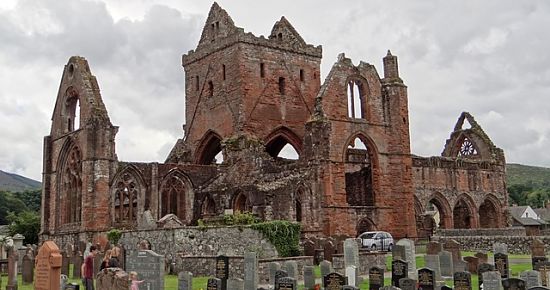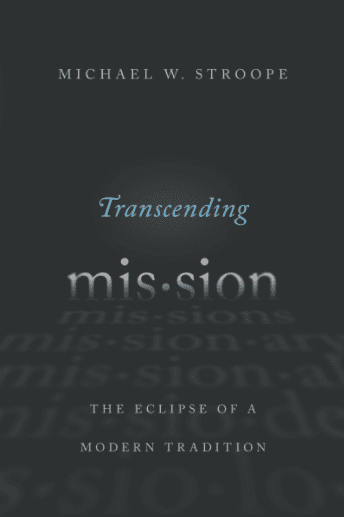No one questions that the Catholics and the Eastern Orthodox have a high(er than average) view of the church; it is the Protestants who struggle with forming a robust ecclesiology that is not just liturgical but also missional. As I said before, what we need is a good textbook that is theologically conversant with a variety of ecclesiologies so that missional can be given a good solid intellectual context. That book is by Graham Hill, a professor at Morling College in Sydney, and his book is called Salt, Light, and a City: Introducing Missional Ecclesiology.
In your view of missional, which of the three below is most helpful? What does missional look like to Russell, Moltmann, and Webster?
But “Protestant” can mean different things so Hill examines a liberationist/feminist voice (Letty Russell), a liberationist/European voice (Moltmann), and an evangelical voice (John Webster). I’d encourage you to read these three voices in one sitting and then stand up and tell us what you think “Protestant” means! This is why the Catholics and Orthodox sometimes say they alone have a robust ecclesiology.
Letty Russell’s proposal is by way of an image: the table in church in the round, or a round table. It gathers round the table, serves through the kitchen table and practices welcome at the welcome table. Her ecclesiology encodes a theology of welcoming the marginalized in a feminist tune, though she fits into a clear liberationist theology and not simply a feminist theology. The church is to be a household of freedom. A strong theme of justice comes through; salvation is experiencing the welcoming of justice. She’s for inclusivist language in the Bible and where it is sexist it too needs liberation. Leadership is partnership not hierarchy and coercion. Hospitality shapes the round table. All are welcome; each has a voice.
Jürgen Moltmann’s proposal for church is that it is a messianic relational koinonia. Everything begins with christology, and ecclesiology is shaped by christology; an ecclesiology not connected to one’s christology fails to do good ecclesiology. So the church is the eschatological exodus community as it has been liberated and looks forward to the kingdom of God. Also it is the community of the cross. He’s not into the classic four “marks” of the church; where Christ is there is the church. Christ is present in the apostolate, in sacraments, and in the community life of the people. But the church is also relational — it has relationships to the Trinity as it partakes in the intercommunion of the Trinity, as it relates to the world etc.. He leans toward a more free church or congregational mode of church. The Spirit transforms the community into the Body of Christ, into the koinonia. Yes, too, the church is the eschatological community: it is the people of the kingdom.
John Webster’s theology wants to ground ecclesiology in the gospel, and his gospel takes on a classic, sophisticated soterian form. God, salvation and ecclesiology are connected; the perfection of God, the gracious, saving work of God, the Word of God each forms the church into a fellowship resulting from that grace of God. All through the work of Christ — life, death, resurrection and glorification. He pushes hard against immanentist leanings today: making God and church into the same, or too close to the same. He’s got a strong note of transcendence, both in God (Father, Son, Spirit) and Word of God. The divine Word creates church, as the church is the hearing church. The Spirit’s invisible work manifests itself in genuine visibility.
















